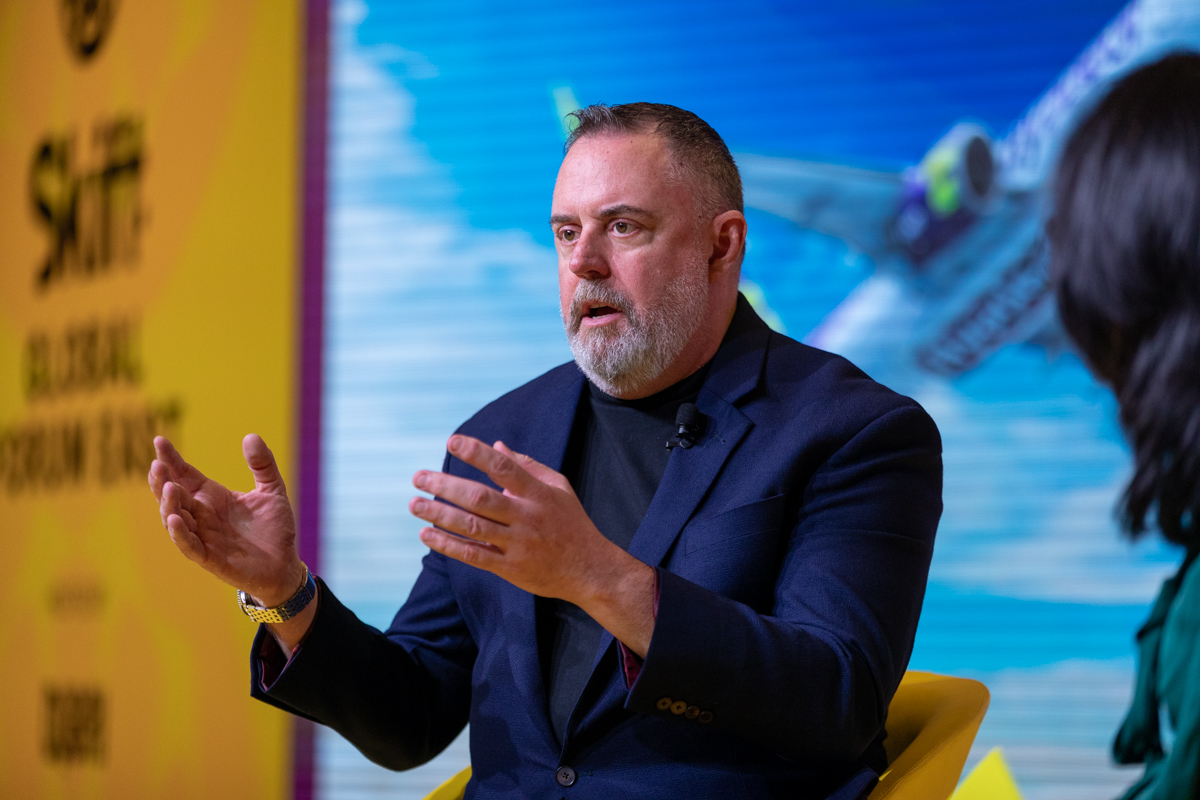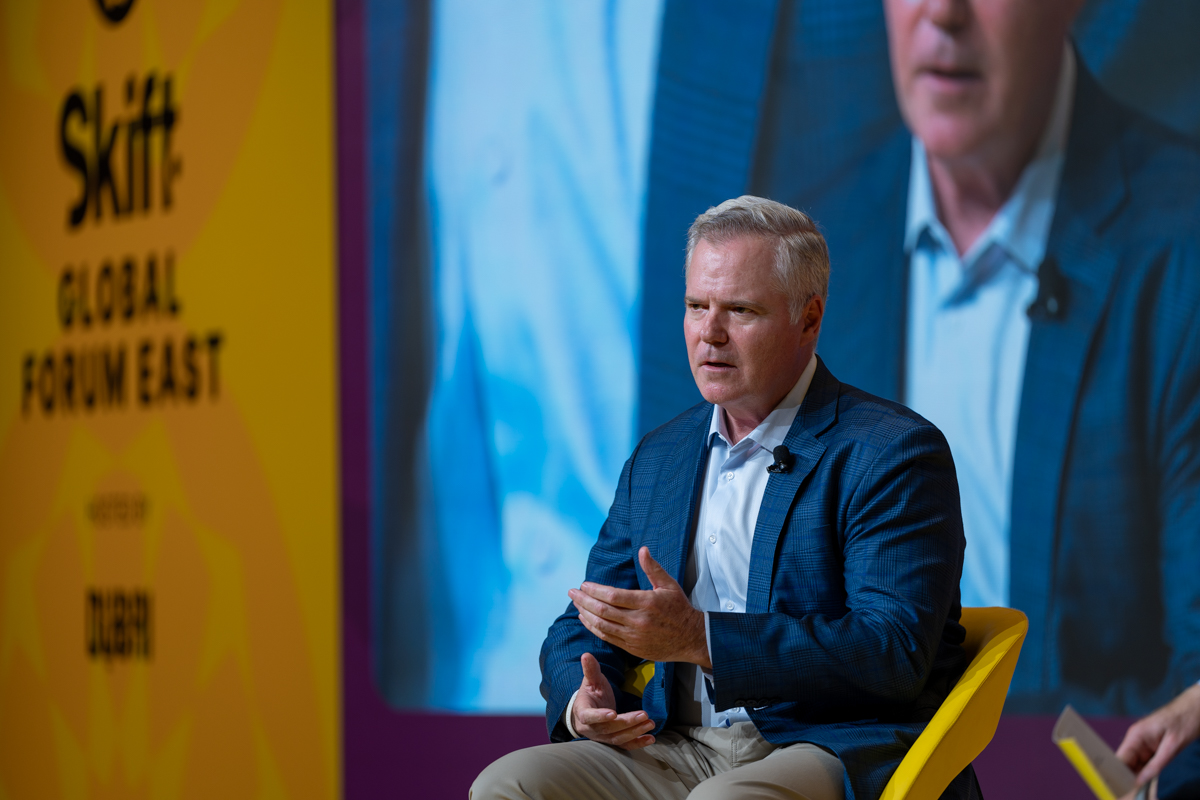JetBlue Moves Forward With All-Broadband Fleet and Amazon Prime Streaming
Skift Take
JetBlue has announced that passengers will soon find its high-speed Fly-Fi Wi-Fi connections, offering speeds up to 20 mbps per device, on every flight.
The announcement comes as the airline completes Fly-Fi service installation on all Airbus A320 and A321 aircraft. It precedes the launch of JetBlue’s Amazon Prime Instant Video service this November.
The airline has also completed installation of broadband on two of its E190s. The full E190 fleet will offer Fly-Fi by fall 2016, and the first Fly-Fi-enabled Embraer E190 made had its inaugural flight this week.
Skift spoke with Jamie Perry, vice president of brand and product development, about increasing competition from Virgin America. Virgin has recently installed ViaSat Exede (the same Ka-band satellite connection which powers Fly-Fi) on select aircraft, and announced a partnership with Netflix to stream content.
“We think the Virgin decision to take the ViaSat Exede in the Air product is a real vindication of the Ka-band platform,” says Perry. “I’ve never worked in a space where there seems to be so many announcements about ‘the brave new world’ as there are about on-board Wi-Fi. But very little of it seems to actually come to anything. That we’re flying around now with Ka-band on 150 aircraft, and that Virgin announced it will put the Ka-band platform on its fleet as well, means that it’s actually here. It’s actually happening now and it works. Customers are very excited by it, looking forward to it, and want it.”
While Virgin America has said up-front that its free access is for an introductory period only, JetBlue decided to extend its once introductory free Fly-Fi access indefinitely last year, while offering a higher capacity option for purchase by power-users.
Perry says passengers have become used to free internet access on the ground, and expect free service in the air.
“Starbucks has trained customers to believe that Wi-Fi should be costless and free, and it’s basically table stakes of anybody in the hospitality industry,” Perry says. “It’s one thing to do that on the ground, but it’s a very different sets of costs and infrastructure to make that work in the air. Nonetheless, that’s what customers expect.
JetBlue has found ways to support its free Fly-Fi platform, through partners who want access to the airline’s passengers.
“We took a bit of a risk with the free business model. We thought we could make it work, but obviously until you try to do it you don’t know whether it will work or not,” says Perry. “We’re very happy with the way the partnership model is shaping up. We have a number of partners already onboard: Wall Street Journal, FOX, PBS, many others and more lined up. We have announced the partnership with Amazon, and Amazon Prime service will launch before the end of the year. There are a number of other partners going live around the same time. I won’t get into specifics, but I will say that everything we hoped would be the case with a free model effectively funded by sponsorships is proving to be true, and it is something that we’re going to be keeping, and building upon, moving forward.”
“We’re happy that we got out there first with the Ka-band platform,” Perry adds. “We’re excited to see that others are coming around to our way of thinking. We think it vindicates the decision we made.”




